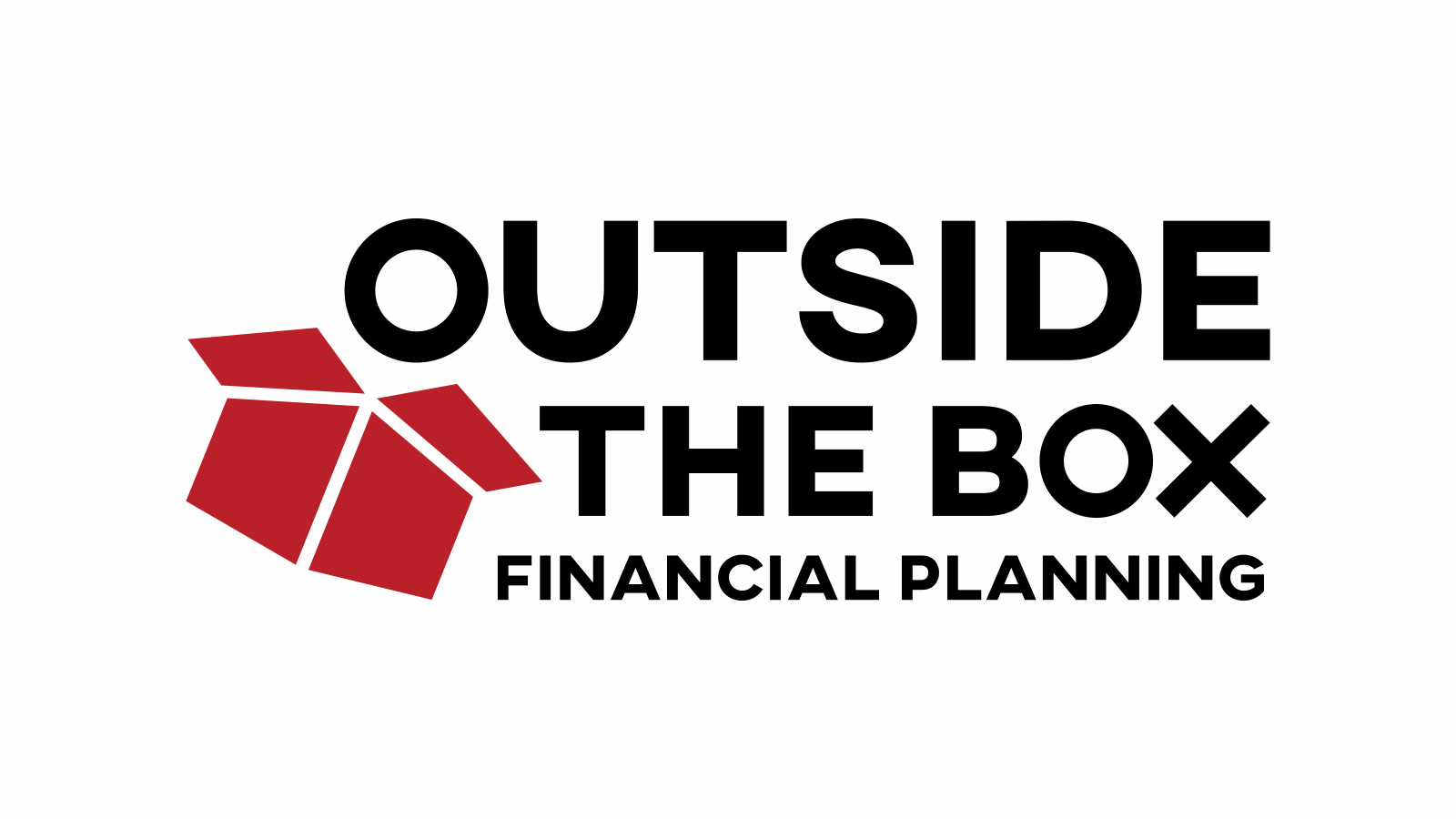Sometimes it’s hard to tell if you need professional help for a problem or if you can handle it yourself. Whether it’s taking care of a common cold, fixing the sink, changing the oil in your car or doing your own taxes. The same question often arises about finances.
It happens all the time - financial questions pop up that you consider silly or stupid so you feel like you must handle alone and you don’t seek help. This is not the best course. As happens often in life, not reaching out to a professional can delay you reaching your goals and cause you to incur more out-of-pocket expenses and lots of headaches.
Here is the thing: there are no stupid questions when it comes to your finances. Don’t ever sit on the sidelines and fear asking a question or think you’re unqualified to go to a planner. Solid and respectable planners let you know if they can’t help you and refer a professional who can. They also let you know if they think you can plan your finances yourself.
Here are signs you may need a financial planner:
You recently married
To merge or not to merge finances is a huge question: emotions to contend with, forms to update, cash flow to track, debts to pay down, goals to lay out and spending habits and needs to reorganize and prioritize.
Communication during this transition helps you navigate possible questions about taxes, investment allocation updates, selecting benefits, joint roles in management of the household, deciding whether to maintain separate bank accounts and more.
You own a business
Whether considering starting your own business or a long-term entrepreneur, you likely need to know how to prioritize goals, pay yourself while keeping the operation running and the best way to manage cash flow on an income that fluctuates monthly.
Not to mention saving for retirement, obtaining health insurance and protecting you and your family against a loss in income from death or disability.
You want to make a big purchase
Simple budgeting often enables you to handle large purchases. If you look to buy a first home or make another sizeable investment, understanding the overall effect on your cash flow, lifestyle and future goals looms large.
How much home can you afford? What’s your budget for home maintenance? What other goals go on the back burner? What about your future savings?
You make a career change
Job or career transitions also bring changes in income and benefits. Make sure you maximize your company benefits, leave no retirement accounts behind and ignored, plan appropriately for income fluctuations, take into account future job growth or career prospects and consider the transition’s overall influence on your lifestyle.
Your family’s growing
A baby comes with a slew of considerations: ensuring you have an emergency fund of three to six months’ expenses adjusting your spending for child care, groceries and medical costs and updating your estate plan and insurance coverage in case something happens to you, among many other needed updates.
At the End of the Day
The first step in asking for help always seems the hardest. The assistance and feedback may surprise you when you open up to the idea that you need not handle all financial questions solo.
And it makes the experience much more enjoyable.
We are not permitted to offer, and no statement contained herein shall constitute, tax or legal advice. Individuals are encouraged to consult with a qualified professional before making any decisions about their personal situation.
This material is intended to provide general information to help you understand basic financial planning strategies and should not be construed as financial advice. All investments are subject to risk including the potential loss of principal. No investment strategy can guarantee a profit or protect against loss in periods of declining values.
The information contained in this material is believed to be reliable, but accuracy and completeness cannot be guaranteed; it is not intended to be used as the sole basis for financial decisions. If you are unable to access any of the news articles and sources through the links provided in this text, please contact us to request a copy of the desired reference.






